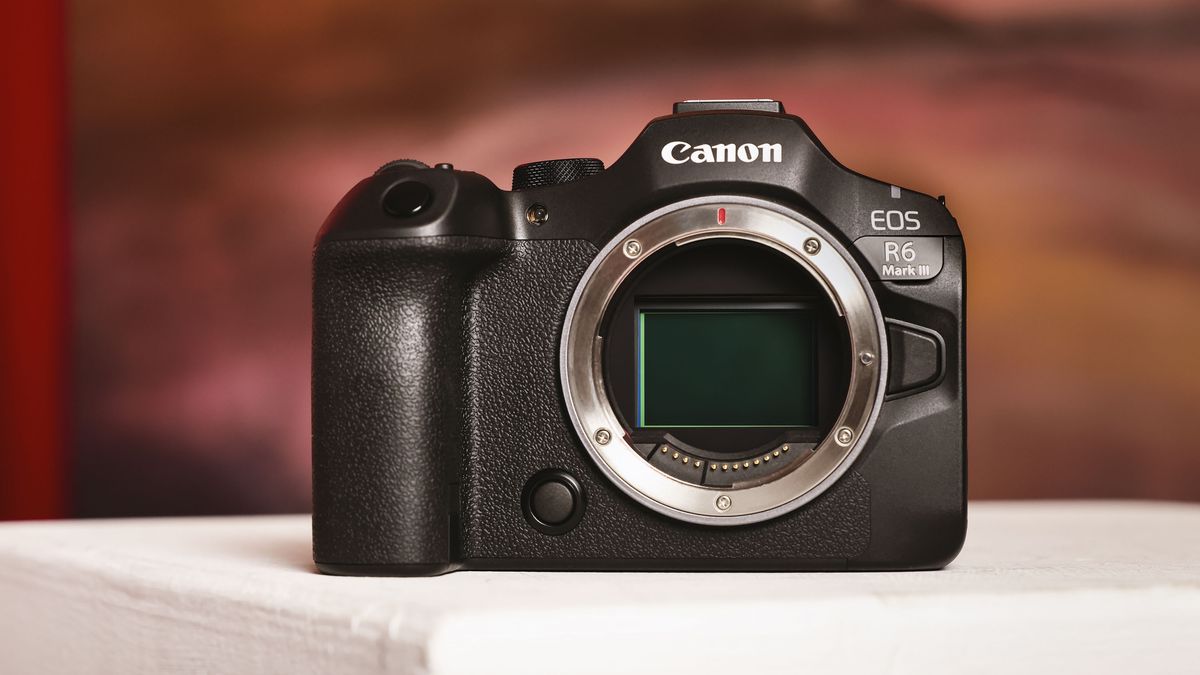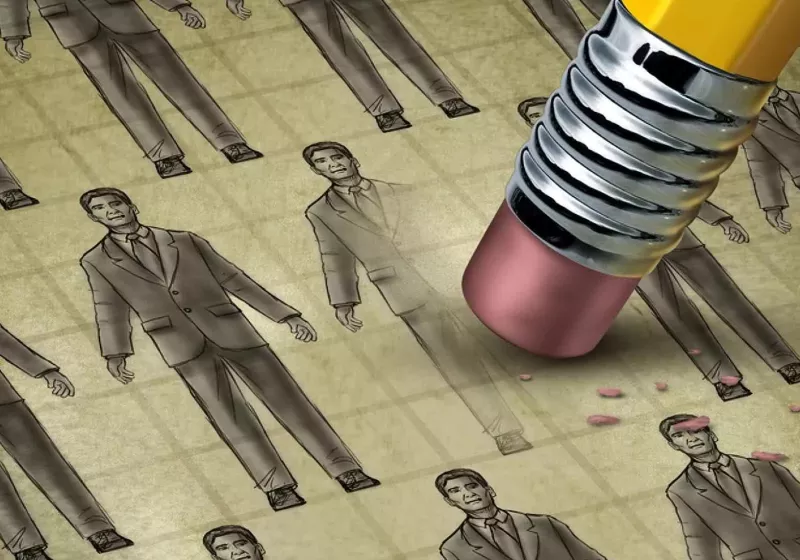A bit over a year ago, Nord Quantique used a similar setup to show that it could be used to identify the most common form of error in these devices, one in which the system loses one of its photons. "We can store multiple microwave photons into each of these cavities, and the fact that we have redundancy in the system comes exactly from this," said Nord Quantique's CTO, Julien Camirand Lemyre. However, this system was unable to handle many of the less common errors that might also occur.
This time around, the company is showing that it can get an actual logical qubit into a variant of the same hardware. In the earlier version of its equipment, the resonator cavity had a single post and supported a single frequency. In the newer iteration, there were two posts and two frequencies. Each of those frequencies creates its own quantum resonator in the same cavity, with its own set of modes. "It's this ensemble of photons inside this cavity that creates the logical qubit," Lemyre told Ars.
The additional quantum information that can now be stored in the system enables it to identify more complex errors than the loss of a photon.
Catching, but not fixing errors
The company did two experiments with this new hardware. First, it ran multiple rounds of error detection on data stored in the logical qubit, essentially testing its ability to act like a quantum memory and retain the information stored there. Without correcting errors, the system rapidly decayed, with an error probability in each round of measurement of about 12 percent. By the time the system reached the 25th measurement, almost every instance had already encountered an error.
The second time through, the company repeated the process, discarding any instances in which an error occurred. In almost every instance, that meant the results were discarded long before they got through two dozen rounds of measurement. But at these later stages, none of the remaining instances were in an erroneous state. That indicates that a successful correction of the errors—something the team didn't try—would be able to fix all the detected problems.

![Pluribus' The Joining explained: what is it, why is Carol [spoiler], and more on the Apple TV show's big mystery](https://cdn.mos.cms.futurecdn.net/34A23VuGy2GtmCGsE6orAS-1200-80.jpg)







 English (US) ·
English (US) ·